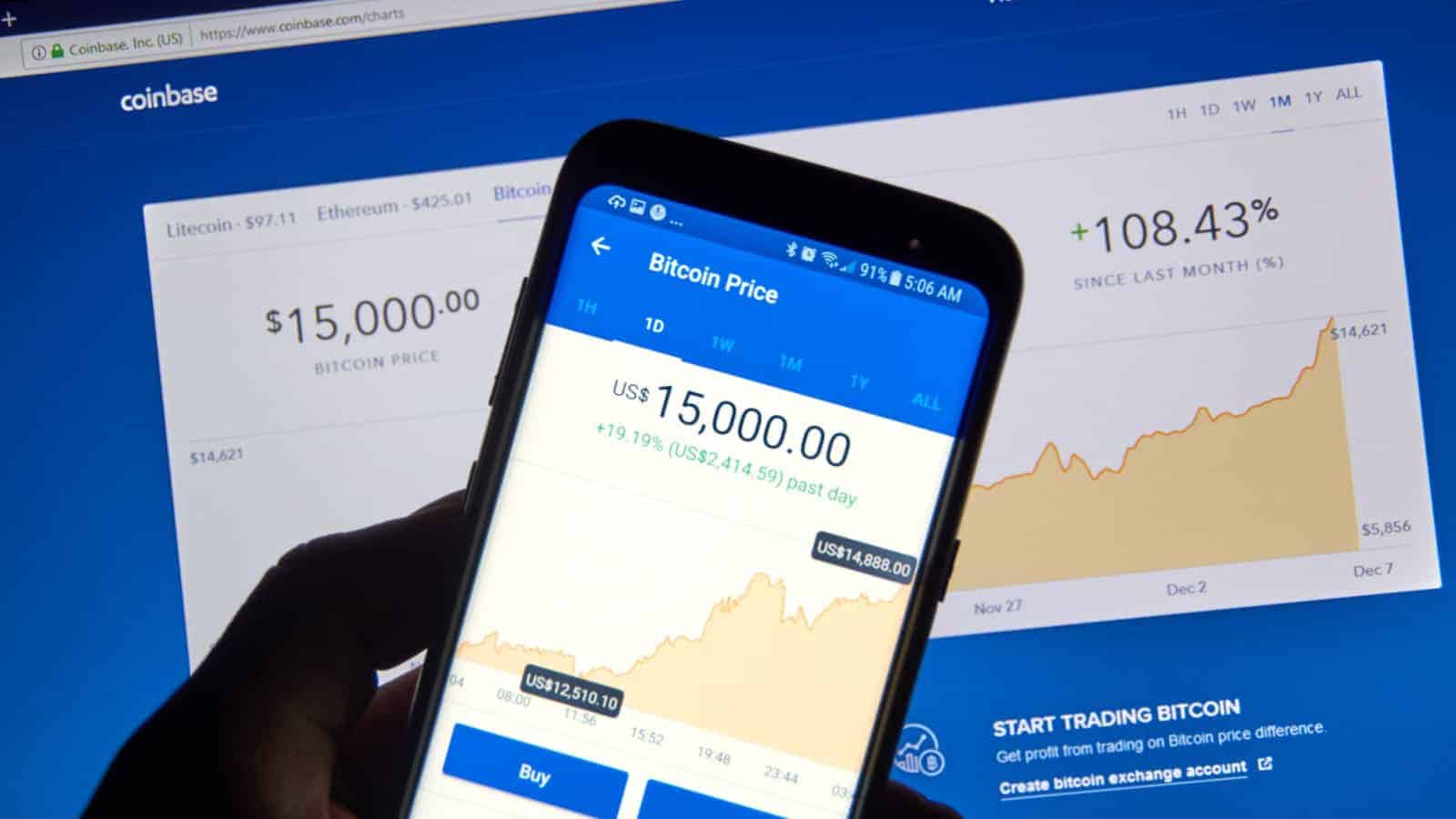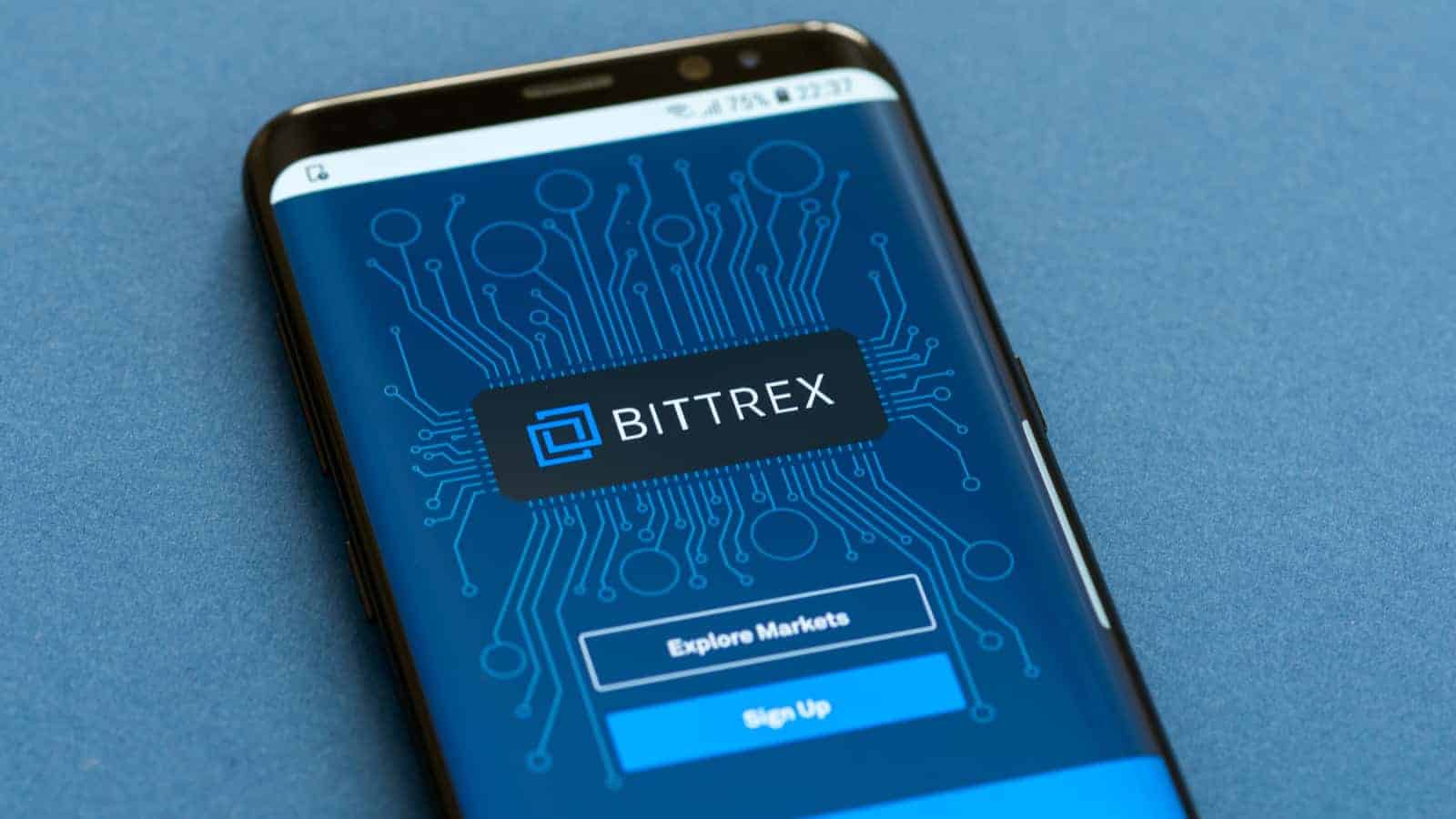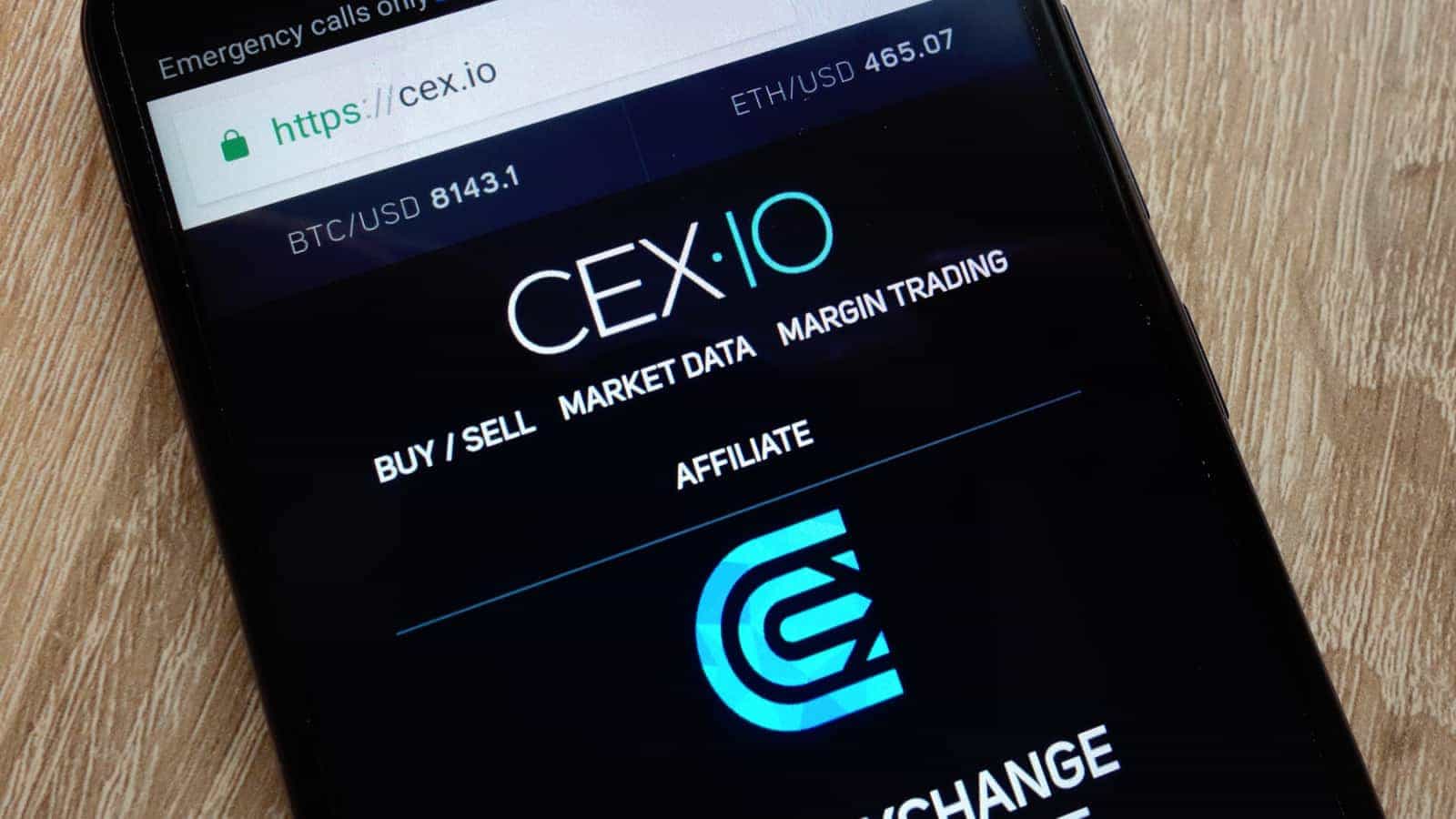Over the last couple of years, crypto exchanges have been popping up around the world. Today, there are over 200 exchanges that conduct transactions using more than 7,000 pairs of crypto and fiat currencies.
However, out of these 200 cryptocurrency exchanges, the bulk of transactions is conducted on just 10. These 10 exchanges are responsible for over 80% of the daily crypto trading volume.
There are approximately 2,000 cryptocurrencies out there, all of which work within various ecosystems and serve different purposes. Some tokens are used to grant access to certain services on a blockchain, while others have their values tied to some assets within the company that issued them.
Nevertheless, all cryptocurrencies are traded on exchanges and provide investors with opportunities to earn profits on value fluctuations. Of course, make all investment decisions on your own, with regard to your own finances.
How to Pick Crypto Exchanges?
Even focusing on the largest crypto exchanges in terms of volume, there are many options to choose from.
Obviously, trading volume is one of the most important aspects as it determines exchange liquidity. Liquidity, in turn, dictates how fast you’ll be able to buy or sell cryptocurrency.
Another important thing to keep in mind is security. Crypto exchanges usually have a wallet through which a user can conduct transactions. The wallet will store crypto and fiat currencies between transactions, so it has to be very secure and it’s best to pick crypto exchanges that store users’ money offline, meaning in a cold versus a hot wallet.
Moreover, there are several other things to pay attention to when it comes to the security of crypto exchanges. A user has to make sure that the web address starts with HTTPS (rather than HTTP). HTTPS stands for Hyper Text Transfer Protocol Secure and it means that all the data exchanged between the web browser and the website is encrypted.
In addition, the crypto exchange must provide multi-factor authentication for login. Multi-factor authentication means that the user has to complete a two-step process to confirm their identity. In addition to the username and password, 2FA requires one more piece of evidence, such as a PIN Code, a fingerprint scan, or a code texted to their smartphone. This is standard on the most secure cryptocurrency exchanges.
Aside from trading volume and security, price is one of the most important factors when it comes to choosing a crypto exchange. So how do exchanges calculate trading fees?
What Fees Do Crypto Exchanges Charge?

In addition to the mining and transaction fees inherent to specific cryptocurrency blockchains, some crypto exchanges use a “maker-taker” system. The maker-taker system divides traders into “makers” of liquidity and, respectively, “takers.” Each group charged differently.
Makers are those users that provide liquidity, i.e. make the market. A maker is a user that places an order to buy cryptocurrency at a specific price, which is below the market price, or an order to sell cryptocurrency above the market price. These orders usually take longer to be completed as there is a smaller chance for a matching order.
Respectively, takers”are those that remove (take) liquidity from the market. They include those that place orders that are fulfilled immediately at market prices. Crypto exchanges usually charge makers very small fees, or, in many cases, offer rebates to makers when their orders are fulfilled.
In addition, crypto exchanges can charge deposit and withdrawal fees, which vary depending on the source of your funds. For example, how Coinbase makes money depends on a fee structure that varies depending on whether your USD comes via direct deposit or a credit card.
Why Crypto Exchanges Charge Fees
Crypto exchanges (and other exchanges, such as for stocks, commodities, etc.) charge fees. Fees usually vary depending on the exchange, crypto and fiat currencies, and the size of the transaction. Usually, crypto exchanges can charge a flat fee, which is the same disregarding the size of the transaction. It can also be a percentage of the value of the transaction or a combination of both.
These fees are crypto exchanges’ main source of income. They allow the exchange to survive, pay salaries to tech support and provide customer services. In addition, fees allow crypto exchanges to invest in infrastructure, which makes them more secure, faster and allows including more cryptocurrency and fiat trading pairs.
Most of the large crypto exchanges don’t charge high fees, at least on the most popular cryptocurrencies. Some exchanges like Bithumb even give back some of their fees.
By charging lower fees, they win more customers and get more revenue as a result. Nevertheless, there are several crypto exchanges that charge very low fees, have solid trading volume, and are generally ranked among the best.
Keeping this in mind, we have compiled a list of 13 crypto exchanges with the lowest fees to make your search for a crypto exchange a bit easier.
13. Coinbase

Coinbase is a crypto exchange and a crypto wallet that claims to have over 20 million users. The California-baed company was founded in 2012 and currently covers 33 countries around the world, despite a recent decline in activity.
It offers Bitcoin (BTC), Bitcoin Cash (BCH), Ethereum (ETH), Ethereum Classic (ETC), and Litecoin (LTC) trading. Recently, Coinbase added 0x (ZRX), its first ERC-20 token.
Coinbase includes a spread of 0.50% for each cryptocurrency. For example. if the price of a cryptocurrency is $1,000, then Coinbase will display a price for consumers of $1,005. In addition, it charges a Coinbase Fee, which can be either a flat fee or a variable fee that depends on the region and type of payment used.
12. BitMEX
BitMEX is another platform that allows trading crypto and blockchain applications. For example, users can buy and sell a variety of Bitcoin and Ethereum products such as futures contracts. These allow for the buying and selling at prices agreed now, but delivered and paid for at a later date. Additionally, BitMEX offers upside and downside contracts, with which a trader can profit from the increase or decrease in the value of the cryptocurrency.
The cryptocurrencies you can trade on BitMEX include Bitcoin (BTC), Ethereum (ETH), Bitcoin Cash (BCH), Cardano (ADA), EOS (EOS), Litecoin (LTC), Ripple (XRP), and Tron (TRX).
BitMEX also offers margin trading. This is when the user borrows money from the exchange to conduct trading, with up to 100 times the amount that the trader has at the moment. Margin trading allows users to maximize gains, but can also leave the trader with devastating losses.
BitMEX is a platform for more experienced cryptocurrency traders. It offers a 0.025% rebate to market takers in Bitcoin Futures and 0.050% for other crypto futures. On the other hand, it has a 0.075% fee for Bitcoin Futures takers and a 0.025% fee for other futures. BitMEX doesn’t take any fees for deposit and withdrawals, according to their website.
11. Bittrex

Bittrex is a US-based trading platform that offers a variety of cryptocurrencies, including Ethereum (ETH), Cardano (ADA), Bitcoin (BTC), Litecoin (LTC), Feathercoin (FTC), and ZCash (ZEC). Recently, Bittrex added Ethereum Classic (ETC) and Ripple (XRP) to its list of supported cryptocurrencies.
The exchange doesn’t charge any deposit or withdrawal fees. However, withdrawals include a small fee from the network of the cryptocurrency. In addition, Bittrex charges a 0.25% fee on all trades on its platform.
10. Coinbase Pro
In May 2018 Coinbase announced the rebranding of its GDAX platform as Coinbase Pro. Coinbase Pro is a platform for more advanced cryptocurrency traders, compared to Coinbase. Recently, Coinbase Pro listed Ethereum Classic (ETC).
Coinbase Pro’s USD Wallet has Federal Deposit Insurance Corporation for up to $250,000. It’s also registered with the Financial Crimes Enforcement Network as a Money Services Business.
Coinbase Pro doesn’t charge a maker fee but doesn’t offer rebates either. Takers have to pay a 0.30% fee per transaction. However, when the total trading volume exceeds $10 million within 30 days, the fee is reduced to 0.20% and when the volume is above $100 million, the fee falls to 0.10%.
9. CEX.IO

CEX.IO is a cryptocurrency exchange platform with over 1.0 million users. It supports Bitcoin (BTC), Dash (DASH), Bitcoin Cash (BCH), and Ethereum (ETH). Additionally, CEX.IO offers margin trading for certain pairs of crypto and fiat currencies.
CEX.IO charges a 2.99% fee for deposits from Visa and MasterCard, although bank and crypto capital transfers are free. It also takes a fee of up to $3.80 for withdrawal to Visa cards, a fee of $3.80 plus 1.20% for MasterCard, and 1% withdrawal fee to a bank account.
Trading is charged with a taker fee that ranges between 0.10% and 0.25% depending on the trading volume in the previous 30 days, per their fee schedule. Makers are also charged a fee if their trading volume is lower than 3,000 Bitcoin (BTC). The maker fee is between 0.04% and 0.16%.
8. Poloniex
Next in our list of crypto exchanges is Poloniex. Poloniex is headquartered in Delaware and offers traders advanced trading tools and margin trading services. It doesn’t take any fees for deposits and withdrawals. This, of course, excludes fees inherent to a cryptocurrency’s blockchain.
For transactions, Poloniex uses the maker-taker system according to their fee schedule. Taker fees start at 0.20% for a volume of up to $10 million but reduce to 0.18% when the 3o-day trading volume is between $10 million and $15 million. After that, the fees are 0.02 percentage points lower for each $5.0 million increase in trading volume. When trading volume tops $30 million, the fee amounts to 0.10%.
For makers, there are no fees when the transaction volume exceeds $7.5 million and are between 0.02% and 0.10% for lower amounts.
7. Gemini

Gemini is a licensed crypto exchange and a New York-based trust company regulated by the New York State Department of Financial Services.
It also has its own cryptocurrency, the Gemini Dollar (GUSD), which is pegged to the US Dollar at a 1:1 ratio. The Gemini Dollar recently increased in value as Tether (USDT), another stablecoin, plummeted.
When it comes to fees, Gemini calculates a fee between 0.10% and 1.00% both makers and takers, although the actual fee varies depending on the trading volume.
For example, if the 30-day transaction volume is above $15 million, the “taker” fee is 0.10%, while the fee for the “maker” is waived. On the other hand, if the transaction volume is below $25,000, then both “makers” and “takers” are charged a 1% fee.
6. Bitstamp
Bitstamp is a European crypto exchange with around 3.0 million traders. It covers Ripple (XRP), Bitcoin (BTC), Litecoin (LTC), Ethereum (ETH), Bitcoin Cash (BCH), and cryptocurrencies. You can deposit/withdraw the US dollar and the Euro.
Bitstamp doesn’t offer separate fees for market makers, although it does specify that for higher volumes, they can obtain customized fees. Other than that, the usual trading fees vary from 0.10% to 0.25% based on the trading volume.
In addition, Bitstamp charges a $10 fee for debit card withdrawals and deposits up to $1,000 and 2% for withdrawals above this value. Credit card deposits are at 5%. However, European clients can take advantage of the Single Euro Payments Area system and get free deposits and pay just 0.90 euro for withdrawals.
5. Kraken

Kraken is one of the top 10 crypto exchanges with a total trading volume of over $120 million in the last 24 hours. Founded in 2011, Kraken is also one of the oldest Bitcoin exchanges.
Like most of its peers, Kraken uses a maker-taker pricing model. Market makers don’t pay any fees if their 30-day trading volume is above $10 million. However, if the volume falls, they have to pay a 0.02% fee, which can go up to 0.16% if the volume falls below $50,000. On the other hand, takers fees start at 0.26% if the trading volume is below $50,000 and can drop to 0.10% if the volume goes above $10 million.
4. KuCoin
Launched in 2017, KuCoin is one of the youngest crypto exchanges. It is based in Hong-Kong and supports over 180 cryptocurrencies. KuCoin charge adjustable amounts for withdrawals. For example, withdrawing Bitcoins results in a fee of 0.005 Bitcoins. These vary depending on the currency.
For trading, KuCoin takes a 0.1% fee for each transaction. However, users that hold KuCoin’s native KCS tokens can get discounts of up to 30% depending on the amount of KCS they hold.
3. Bitfinex

Bitfinex is one of the largest crypto exchanges, having a 24-hour trading volume of $353 million. Moreover, Bitfinex’s 30-day trading volume stands at more than $12.10 billion. It supports most major and small cryptocurrencies.
Bitfinex’s fees vary for makers and takers. They’re based on the 30-day trading volume. If the volume is up to $10 million, the fee is 0.20% for the takers, but then declines and reaches 0.055% if the volume exceeds $30 billion. For makers, fees start at 0.10% for a volume up to $500,000 but decline to zero if the volume exceeds $7.50 million.
After recently pausing fiat deposits, Bitfinex is back with an updated system.
2. HitBTC
HitBTC is another one of the largest exchanges and has a trading volume of $180 million. It supports over 300 cryptocurrencies.
HitBTC charges market takers a 0.1% fee. It’s not the lowest fee compared to the other exchanges, but it’s the same disregarding the value of the transaction. Moreover, HitBTC rewards market makers with a 0.1% rebate.
1. Binance

Binance tops our list of crypto exchanges with lowest fees. It has a 24-hour trading volume of $917 million, which makes it the largest exchange in the world. Binance supports over 380 cryptocurrency and fiat currency pairs.
Similar to other crypto exchanges covered in this list, Binance uses a maker-taker system regarding transaction fees. Its multi-tiered model is tied to the amount of either Bitcoin or its own Binance Coin (BNB) traded over the previous 30 days.
Both makers and takers are charged 0.10% if the trading volume is below 100 Bitcoins or below 50 BNB. For takers, the fees remain the same until the volume reaches 500 Bitcoin and 200 BNB. After that, takers’ fees go down. The lowest fee for takers is 0.04% for a trading volume above 150,000 Bitcoin and 11,000 BNB.
For makers decline to 0.090% if the volume exceeds 100 Bitcoin and 50 BNB. Makers fees continue to fall with higher volume until 0.020% that is charged if the trading volume exceeds 150,000 Bitcoin and 11,000 BNB.
In addition, Binance offers discounts for traders that hold BNB tokens. It also has additional discounts if fees are paid in BNB.
Similarities and Differences Between Crypto Exchanges
As you can see, exchanges vary widely based on the fees it charges traders.
Some exchange fee structures are better-suited for newer or infrequent traders. Others are convenient for professionals that trade larger sums. As a rule of thumb, the more an investor trades, the more he or she is aware of fees.
Consider your own finances and understanding of the market before deciding where or how much cryptocurrency to trade. And, above all, keep safety, liquidity and fees in mind when choosing an exchange.

